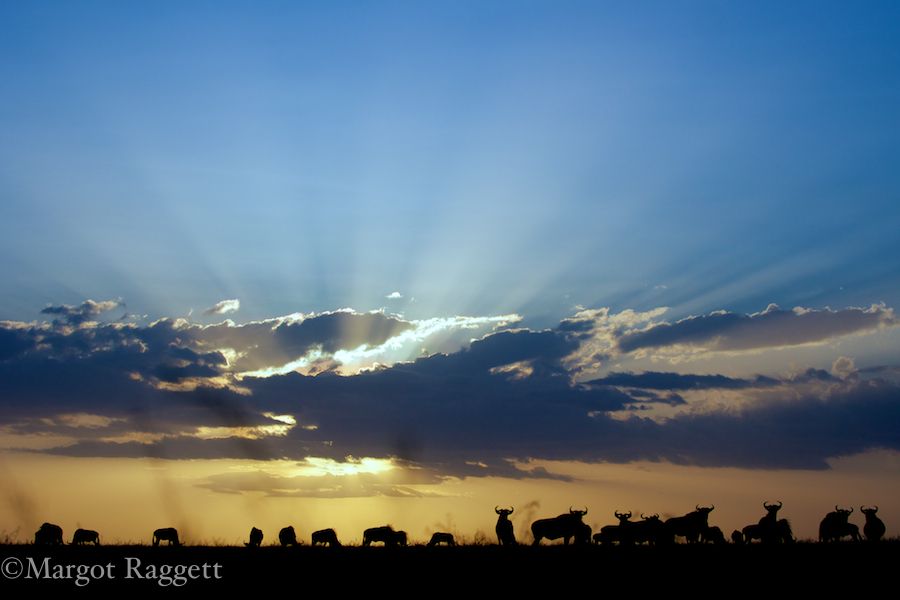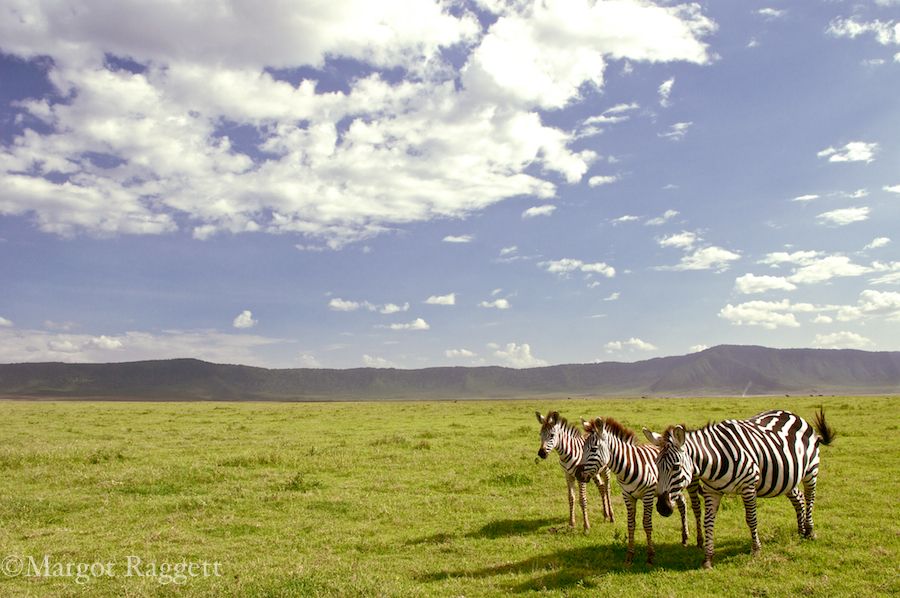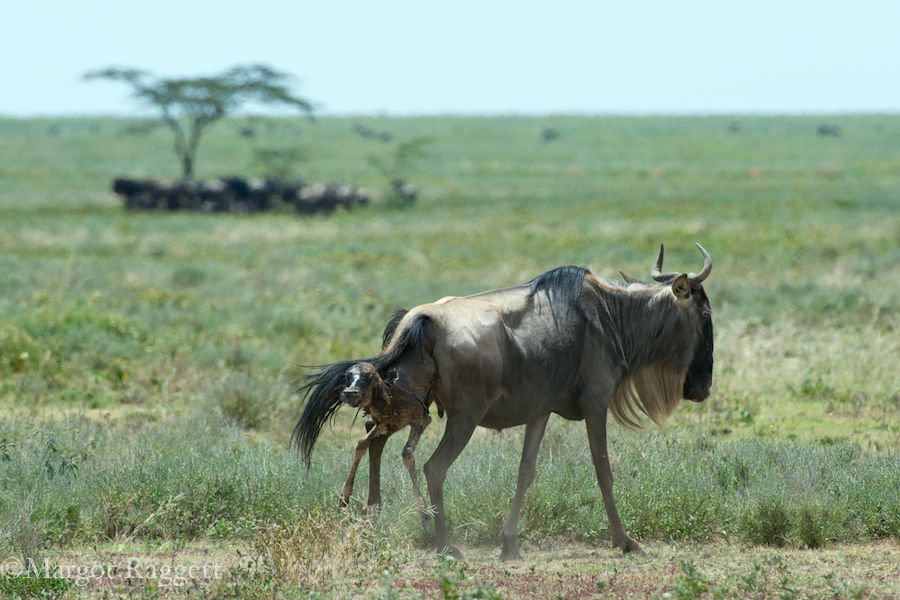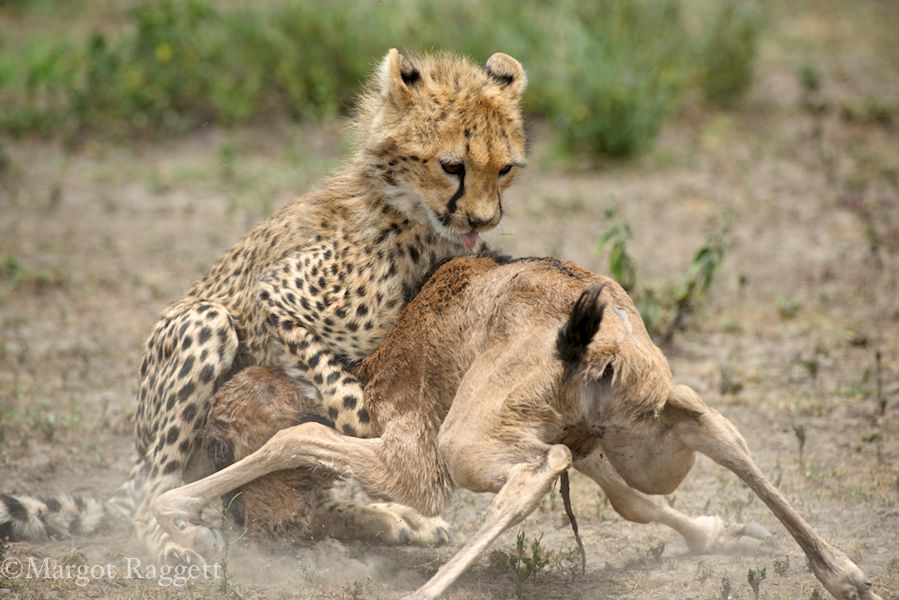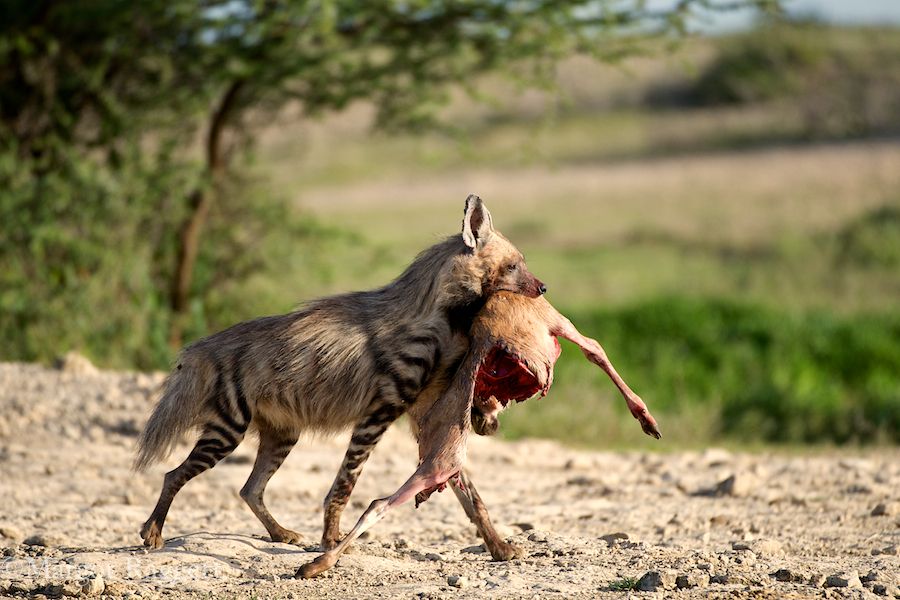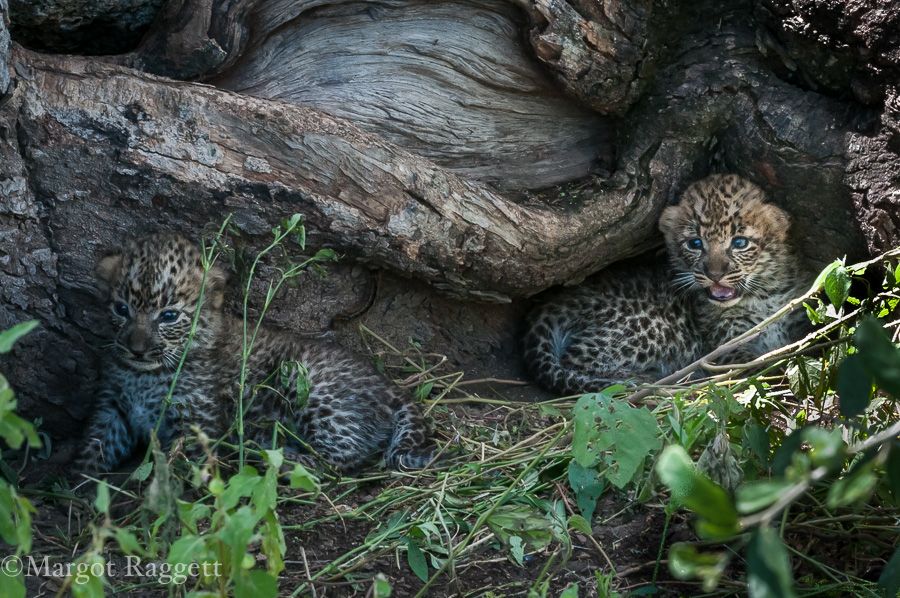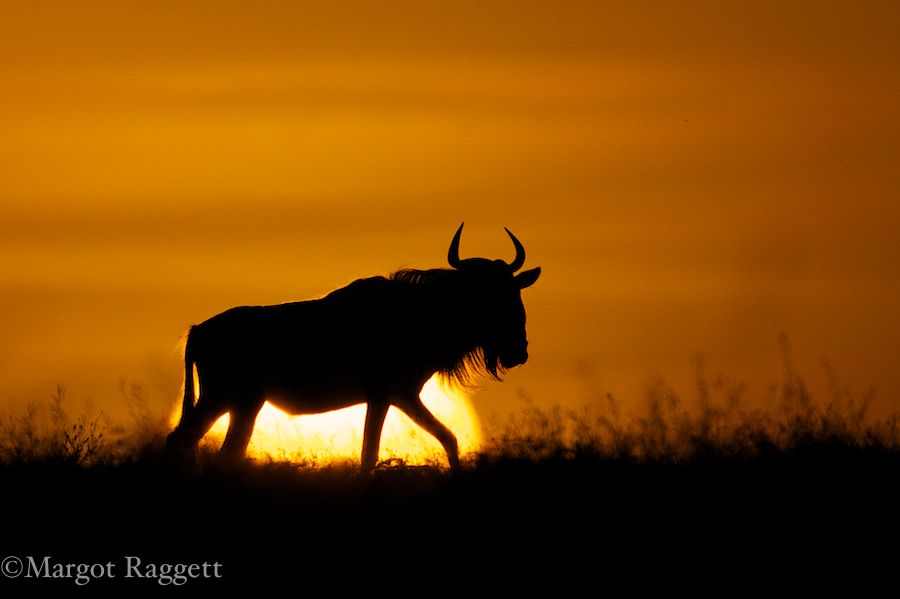Tanzania's Circle of Life
margotraggett
In February 2013 I set off on a safari with the primary aim of seeing another chapter in the great wildebeest migration - this time in the Serengeti in Tanzania. By travelling in February we hoped to coincide with the wildebeest calving season, a huge annual event triggered by the rains when hundreds of thousands of wildebeest give birth within just a few weeks of each other – a real baby bonanza. And on the same trip, I would also be able to visit the spectacular Ngorongoro Crater, a natural wonder of the world that I had long wanted to see.
Our first stop was the crater, a place so vast, beautiful and packed with wildlife it as hard to take in. It was also, it has to be said, packed with tourist cars but nonetheless it was wonderful to experience for a day. We stayed at the Ngorongoro Serena Safari Lodge on the edge of the crater and drove in early in the morning. The lodge itself has spectacular views and is a good relatively budget option, albeit a bit impersonal compared to the usual camps I stay in.
Driving into the crater was spectacular. A natural amphitheatre protected by sheer cliffs, the basin goes on for mile after mile. We saw big old tusker elephants, rhino, hippos, lions, wildebeest and zebra in abundance as well as many types of birds. Due to not being able to leave the well-defined roads it was harder than elsewhere to get up close to the wildlife but the scenery was spectacular and I would urge everyone to visit at least once in their lifetime if they can.
We then headed off deep into the Serengeti, to stay at two stylish and highly recommended Alex Walker camps (http://www.serian.net) so isolated it felt like we had Africa to ourselves. The hot, dusty plains went on to the horizon in every direction and only once before, at sea in the Atlantic, have I ever felt so far from any other human contact, amazing. But the wildlife was there for sure. And our timing was perfect. From the very first day we saw hundreds of births taking place and we timed how long it took from birth to a calf being able to run alongside its mother – about four minutes, incredible. On one particularly memorable occasion we saw not only a mother walking around with a calf half out but we also sadly then saw its birth and subsequent death at the claws of a family of cheetah. Gruesome and poignant for sure but also truly the circle of life – how else would that mother be able to raise her cubs to maturity? It may be cruel but the calving is a time of feast for all predators, allowing them the best chance to raise their own offspring and keep the eco-system in balance.
As well as witnessing the spectacle of the birthing season I was also lucky to see a number of other unusual sightings on this trip, including a daylight viewing of a striped hyena (so rare that my guide had never seen one in his entire career) and a family of bat-eared foxes.
Bat-Eared FoxOn our last couple of days we made our way to Ndutu, a relatively lush area compared to the vast plains of the Serengeti. It was rich with wildlife but with that of course comes the traffic again, so we had to share our sightings with other tourist vehicles which was a bit of a shock after our splendid isolation. Luckily however most vehicles don't want to hang around at a sighting for long as their passengers are on a strict timetable. We were therefore the only vehicle that waited all day for a sighting of some leopard cubs we'd heard were tucked away nearby and the minute we eventually had with them was magical.
This visit to Tanzania was very different to the experience of the Masai Mara but in every way was just as magical. I can't wait to go back!
My guide on this trip was BBC wildlife Cameraman Warren Samuels, booked via www.wildvisionadventures.com. Warren is one of the most experienced guides in Africa, a fountain of knowledge and an entertaining host. As well as hosting private safaris he runs and escorts a number of group trips. You can see more about him on his Facebook Page too.
